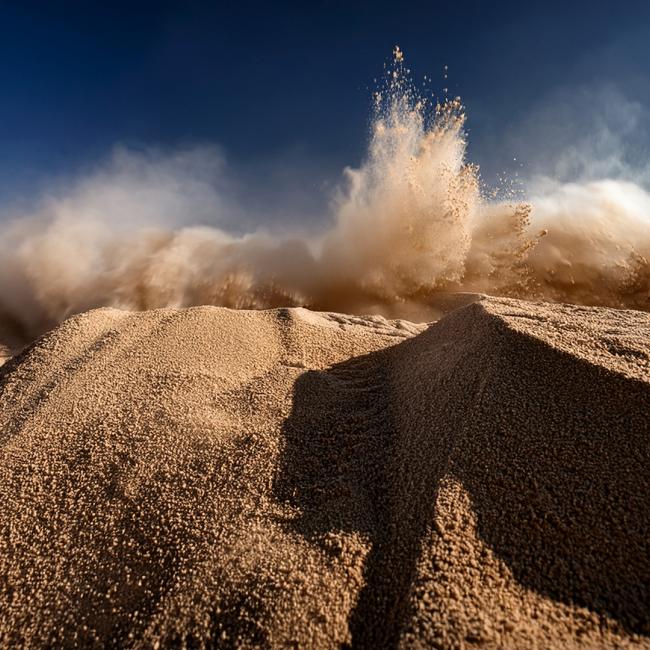Powders are used in many industries. Think of pharmacy where an important part of the medicines exist or are made from powders.
This article discusses:
- The different cohesion forces between the powder particles
- The role that stickiness plays in cohesive forces
- The surface structure of particles
The experts at Dinnissen Process Technology are available to answer all your questions:
Get in touch with Juul Jenneskens 077 467 3555
The five types of cohesion forces
Powders are used in many industries. Think of pharmacy where an important part of the medicines exist or are made from powders. But countless powders are also produced in chemistry. In addition, many powders are used in animal feeds for both pets and livestock. This includes not only additives such as vitamins and minerals that are added, but also products such as grains and soy that form the basis for animal feed. Many powder properties depend on the interaction that takes place between particles. This mutual interaction results in different cohesion forces that determine the cohesive character of the powder. These forces also affect the functionality of the powder, including the flow properties of powders.
The degree of interaction between particles depends on the type of material, the moisture content, the size and shape of the particles and the external electric field. The type of cohesion force also depends on this. There are different types of cohesion forces, 5 of which are explained:
- Liquid bridging: arises from the release of liquid from the particles caused by melting, wetting or decomposition. Poor cohesion can break the bonds in the particles during processing.
- Fixed bridging: arises from crystallization, glass transition, melting and fusion of dissolved solids. It is a strong and stable force.
- Van der Waals force: interaction of small powder particles.
- Electrostatic Forces: interaction between statically charged powder particles.
- Mechanical locking: the particles adhere to each other due to irregular surfaces. This makes separation of particles more difficult. This is a weak force. An example where this force is cleverly applied is Velcro.

Cohesive forces of dust
Stickiness in cohesion forces
Powder stickiness is also related to both cohesion of similar surfaces and adhesion of dissimilar surfaces. In the case of cohesion, there is a certain energy balance in which surfaces attract each other. Adhesion is directly related to these types of surface attractive forces.
Surface structure of particles
The surface structure of a particle can influence the powder properties during processing. In particular, it affects how surfaces of particles meet. This can influence flow properties and processing of the powder.
Powder particles hardly ever have a completely smooth surface. For example, it can be wrinkled, cracked or indented, depending on product properties and the process the fabric has undergone. Particle surfaces all have broken structures, so surface molecules behave differently. The chemical bonds with other molecules are broken at these points. For this reason, fine powders can behave differently from coarse powders. In addition, dust particles can carry free electrons or charges on surfaces, depending on the composition and mutual collision between particles and collisions with other materials.

Surface cohesive forces

Name: Juul Jenneskens
Advisor
Please feel free to contact me if you have any questions about this subject. My team of colleagues and I are ready to answer!
Get in touch with Juul Jenneskens 077 467 3555 [email protected]
Do you prefer to request a consultation directly?
Powder particles hardly ever have a completely smooth surface. for example, it may be wrinkled, cracked or dented
